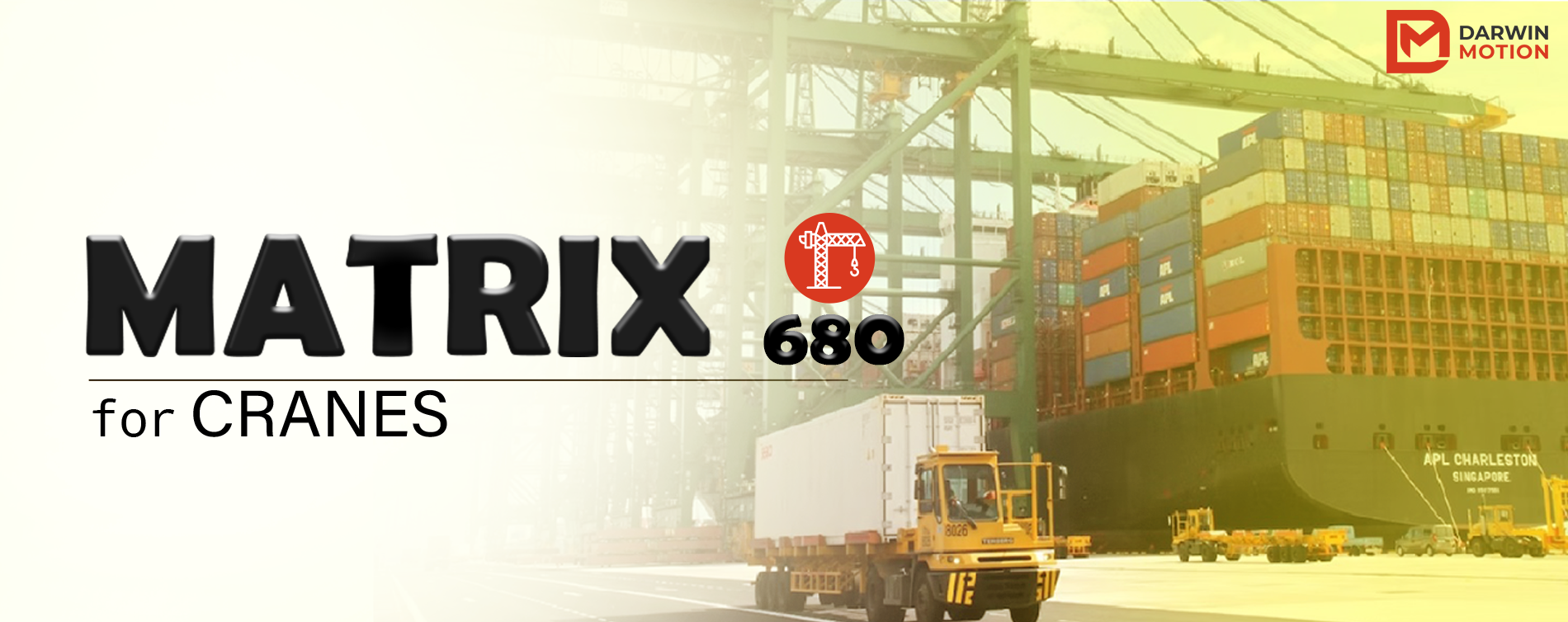Posted on 30th Dec 2024

In modern industrial and commercial systems, energy efficiency and precise motor control are paramount. Variable Frequency Drives (VFDs) have become an essential tool in achieving these goals. VFDs adjust the speed and torque of electric motors by varying the frequency of the electrical supply, leading to improved energy efficiency, performance, and process control. However, choosing the right VFD for a specific application can be a complex task, as there are several factors to consider. This article provides a comprehensive guide to help engineers and decision-makers select the right Darwin Motion VFD for their specific needs.
A Variable Frequency Drive is an electronic device used to control the speed of an electric motor by adjusting the frequency and voltage of the motor's power supply. VFDs allow for precise control of motor performance, leading to energy savings, smoother operation, and longer motor lifespan. They are commonly used in a wide range of applications, including HVAC systems, pumps, fans, conveyors, and compressors.
The process of selecting the right VFD involves considering several technical and operational aspects. These include:
The first step in choosing the correct VFD is to match the drive with the motor's power rating. This is typically specified in horsepower (HP) or kilowatts (kW). The VFD must be capable of handling the motor’s full load, and the drive's current rating should align with the motor's full-load current (FLC). Over-sizing the VFD is often recommended to ensure the drive can handle momentary overloads and maintain consistent operation.
VFDs must be compatible with the voltage and current specifications of both the motor and the power supply. It is crucial to ensure that the VFD's input voltage matches the available supply voltage. Most VFDs are designed for either single-phase or three-phase systems, and selecting the correct phase type is essential for optimal performance.
Single-phase VFD: Suitable for smaller motors (up to 5 HP).
Three-phase VFD: Suitable for larger motors, providing better power delivery and efficiency.
Different VFDs use various control methods to regulate motor performance. The most common control types are:
V/Hz Control (Volts per Hertz): The simplest and most cost-effective method, suitable for general-purpose applications where precision speed control is not critical.
Vector Control: Provides better torque control at low speeds, making it ideal for applications requiring high starting torque and accurate speed regulation, such as cranes or hoists.
Direct Torque Control (DTC): Offers the highest precision and efficiency, often used in demanding applications such as robotics or CNC machinery.
The chosen control method should align with the application’s requirements for torque and speed control.
The nature of the application plays a significant role in determining the VFD selection. For example:
Pumps and Fans: Applications with variable loads benefit greatly from VFDs because they can adjust the motor speed based on demand. For pumps and fans, V/Hz control is usually sufficient.
Conveyors: For conveyor systems, where precise speed control and constant torque are required, vector control or even DTC may be more appropriate.
HVAC Systems: VFDs in HVAC applications help control the airflow and maintain energy efficiency. A V/Hz control method is often suitable, but applications requiring tight speed regulation may demand vector control.
The environment in which the VFD will operate is another critical consideration. Factors such as temperature, humidity, and the presence of dust, moisture, or chemicals can impact the VFD’s performance and lifespan. VFDs are available with different enclosures (IP rating), such as:
IP20 or IP21: Suitable for dry indoor environments.
IP55 or IP66: Ideal for harsh outdoor conditions or environments with significant dust and moisture.
Ensure the VFD’s enclosure rating aligns with the operating environment to avoid damage or inefficiency.
VFDs come in a variety of physical sizes, from compact units for small motors to large drives for high-power motors. Consideration must be given to the space available for installation, the drive’s cooling requirements, and how it will be mounted (wall-mounted, floor-mounted, or cabinet-mounted).
In modern industrial settings, VFDs often need to integrate with other control systems or networks for seamless operation. Check if the VFD supports common communication protocols, such as:
Modbus RTU/TCP: Popular in industrial control systems.
Profibus: Common in automation environments.
Ethernet/IP: Used in more advanced or remote-control systems.
Additionally, some VFDs offer advanced features like remote monitoring and diagnostics, which can be particularly beneficial for predictive maintenance and energy monitoring.
A VFD should offer built-in protection features to safeguard the motor and the drive itself. Some essential protection features include:
Overcurrent protection: Protects against excessive current.
Overvoltage protection: Shields against voltage spikes or fluctuations.
Overtemperature protection: Prevents overheating of the VFD.
Short-circuit protection: Ensures safety in the event of a fault.
These features enhance the reliability and lifespan of the VFD and motor.
Energy efficiency is one of the main reasons for using VFDs. Selecting an energy-efficient drive ensures that the motor consumes only the required amount of power, reducing operational costs over time. However, it’s also important to consider the upfront costs. While higher-efficiency VFDs may come at a premium, they often lead to significant savings in energy consumption over the long term.
Installation and Maintenance: Consider the ease of installation and maintenance. Some VFDs come with user-friendly interfaces, while others may require specialized knowledge to set up and operate. Choose a drive that matches the level of expertise available in the operation.
Manufacturer Support: Select a VFD from a reputable manufacturer that offers strong after-sales support, including service, warranty, and training options.
Selecting the right Variable Frequency Drive is crucial for achieving optimal motor control, efficiency, and longevity. The correct VFD can lead to significant cost savings, improved process control, and enhanced system reliability. By considering factors such as motor rating, control method, application type, environmental conditions, and energy efficiency, engineers and decision-makers can make an informed choice that meets their operational requirements.